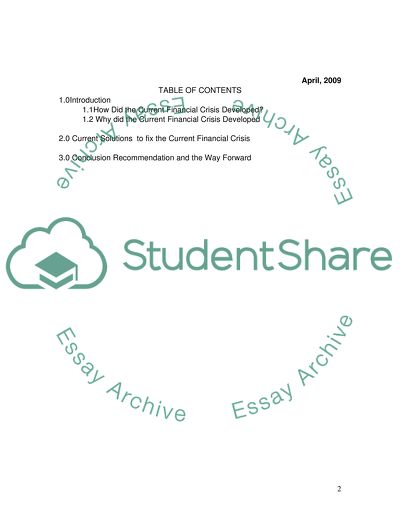Cite this document
(“The Current U.S. Economic Crisis and Potential Fixes Essay”, n.d.)
The Current U.S. Economic Crisis and Potential Fixes Essay. Retrieved from https://studentshare.org/macro-microeconomics/1533072-the-current-us-economic-crisis-and-potential-fixes
The Current U.S. Economic Crisis and Potential Fixes Essay. Retrieved from https://studentshare.org/macro-microeconomics/1533072-the-current-us-economic-crisis-and-potential-fixes
(The Current U.S. Economic Crisis and Potential Fixes Essay)
The Current U.S. Economic Crisis and Potential Fixes Essay. https://studentshare.org/macro-microeconomics/1533072-the-current-us-economic-crisis-and-potential-fixes.
The Current U.S. Economic Crisis and Potential Fixes Essay. https://studentshare.org/macro-microeconomics/1533072-the-current-us-economic-crisis-and-potential-fixes.
“The Current U.S. Economic Crisis and Potential Fixes Essay”, n.d. https://studentshare.org/macro-microeconomics/1533072-the-current-us-economic-crisis-and-potential-fixes.


